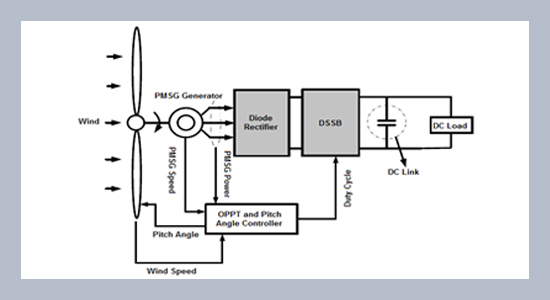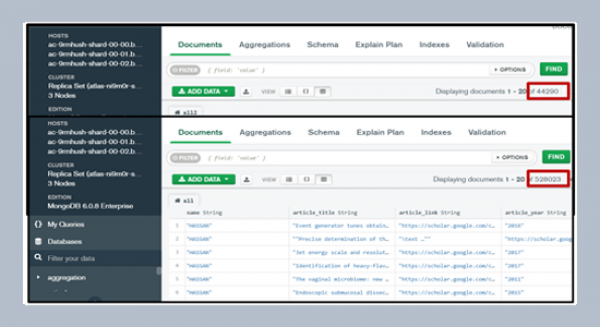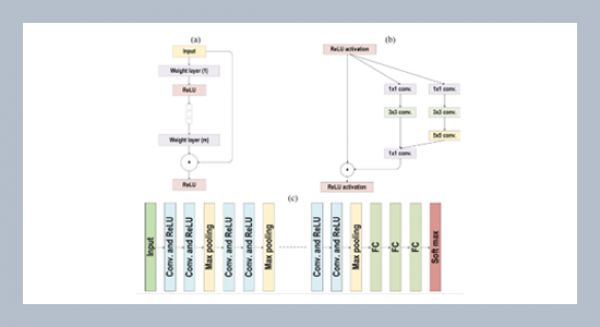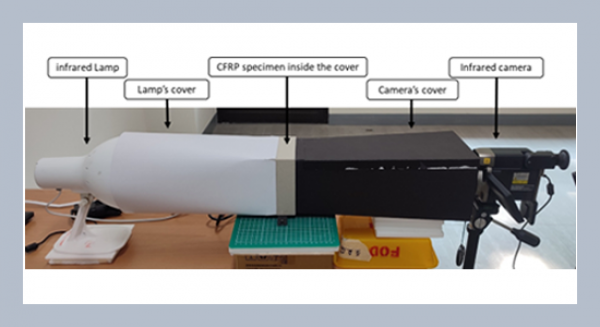Walid Emar 1*, Hani Attar 1,2, Omar A. Saraereh 3, Mohammad Qabaja 4, Osama Fares 5 1 Energy Engineering Department, Faculty of Engineering Technology, Zarqa University, Zarqa, 13110, Jordan
2 Engineering Department, College of Engineering, University of Business and Technology, Jeddah, 21448, Saudia Arabia
3 Faculty of Engineering, Electrical Engineering Department, The Hashemite University, Zarqa, 13115, Jordan
4 Civil Engineering Department, Faculty of Engineering, Zarqa University, Amman, 11622, Jordan
5 Electrical Engineering Department, Faculty of Engineering, Isra University, Amman,11622, Jordan
Download Citation:
|
Download PDF
The voltage of a permanent magnet synchronous generator (PMSG) driven directly by a wind turbine is variable due to the intermittent nature of wind energy. Voltage disturbances and power fluctuations are the main problems of PMSG systems based on converters driven by wind turbines. In this paper, the invented double-switch SEPIC-buck (DSSB) converter scheme is eventually used for system optimization to achieve the required OPPT and to keep power transfer at the highest efficiency when the load parameters characteristics (current and voltage) are changed. A DSSB converter small signal technique is used in the simulation/control process to analyze and simulate the small signal deviation from the steady-state operating point of the converter input parameters (voltage and current). This helps to determine the small deviation of the converter duty cycle and thus the small AC signals of the converter output voltage and load current as input control parameters. The small-signal principle is authorized by taking into consideration the DSSB converter to serve as a linear time-invariant system cantered on OPPT as the point of operation with importance. Thanks to the small signal analysis with the current control scheme, wherein the condition of the overcurrent, the DSSB is classified as safe.ABSTRACT
Keywords:
Wind turbine (WT), Permanent-magnet synchronous generator (PMSG), Small-signal analysis, Current-mode control.
Share this article with your colleagues
REFERENCES
ARTICLE INFORMATION
Received:
2023-08-10
Revised:
2023-10-23
Accepted:
2023-12-18
Available Online:
2024-04-08
Emar, W., Attar, H., Saraereh, O.A., Qabaja, M., Fares, O. 2024. An OPPT for a PMSG with a new SEPIC-BUCK converter for a wind-driven PMSG system used in rural areas. International Journal of Applied Science and Engineering, 21, 2023255. https://doi.org/10.6703/IJASE.202406_21(2).003
Cite this article:
Copyright The Author(s). This is an open access article distributed under the terms of the Creative Commons Attribution License (CC BY 4.0), which permits unrestricted use, distribution, and reproduction in any medium, provided the original author and source are cited.















